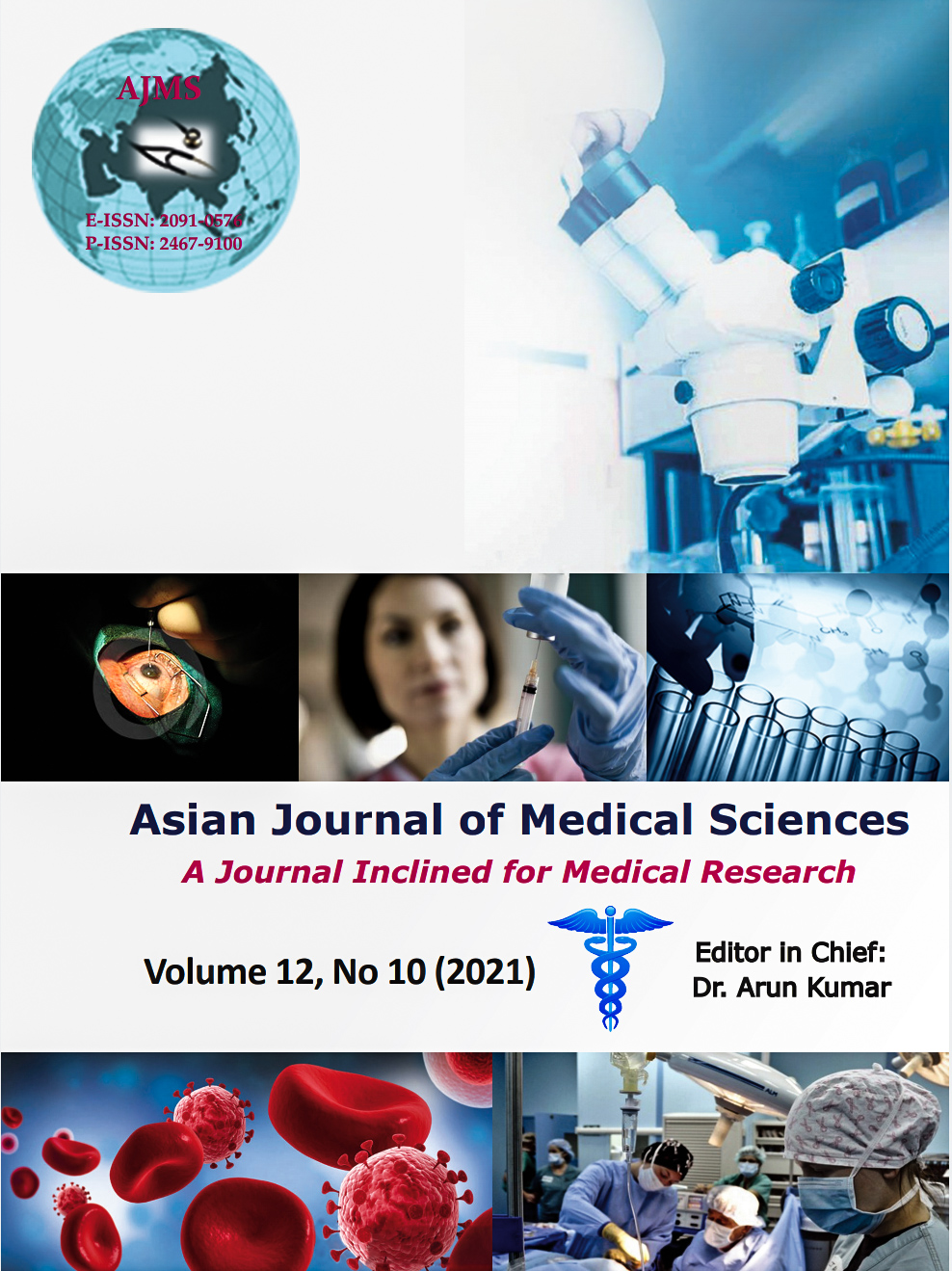Prevalence of Candida infection in Covid-19 pandemic: A study from a tertiary care center in Central India
Keywords:
Covid19, Candida albicans, Nosocomial, Non-albicans candida, CandidiasisAbstract
Background: Corona virus disease 2019 (COVID-19) infections may be associated with a wide range of bacterial and fungal co-infections. Candida and mucor are the common fungus encountered during this pandemic. Candida is one of the commonly encountered opportunistic fungi that cause superficial mucosal infections usually, but can invade tissue and produce life threatening infections. Candida species recognized as one of the major agent of hospital Acquired (nosocomial) fungal infections. Keeping this in background the current study was conducted.
Aims and Objective: To estimate the prevalence of candida infection in tertiary care hospital of Indore.
Materials and Methods: The present study was done in the period of one and half year. During this period all received clinical specimens like urine, sputum; high vaginal swab and pus suspected for fungal infection from Covid as well as non-Covid patients were processed according to standard protocol. The specimen was subjected to preliminary tests like wet mount, Gram’s stain, culture on sabourads dextrose agar (SDA) and Hichrome agar, germ tube test, sugar assimilation test and culture on Cornmeal agar (dalmau technique) for candida species were done. For statistical analysis Chi-square test was performed and p ≤ 0.05 was considered statistically significant.
Results: The prevalence of Candidiasis was 0.86%. Non-albicans candida (65.9%) isolates was more than Candida albicans (34.07%). Among non-albicans species, C. tropicalis was 27.4% followed by C. glabrata 16.29%, C. krusei 15.55%,C. parapsilosis 5.92% and C. lusitenia 0.74% were the major isolates. Males were affected more than the females. In both the genders maximum patients were from the age group of >60 years. Maximum number of Candida isolates was from blood followed by urine, pus, sputum, vaginal swab and aural swab. Most common risk factors for candidiasis noted in this study was diabetes mellitus in both Covid as well as non-Covid patients.
Conclusion: Non albicans candida are gradually increasing in India. Speciation of candida play an important role in preliminary treatment because different species is intrinsically resistant to different antifungal drugs and have different antifungal susceptibility pattern.
Downloads
Downloads
Published
How to Cite
Issue
Section
License
Copyright (c) 2021 Asian Journal of Medical Sciences

This work is licensed under a Creative Commons Attribution-NonCommercial 4.0 International License.
Authors who publish with this journal agree to the following terms:
- The journal holds copyright and publishes the work under a Creative Commons CC-BY-NC license that permits use, distribution and reprduction in any medium, provided the original work is properly cited and is not used for commercial purposes. The journal should be recognised as the original publisher of this work.
- Authors are able to enter into separate, additional contractual arrangements for the non-exclusive distribution of the journal's published version of the work (e.g., post it to an institutional repository or publish it in a book), with an acknowledgement of its initial publication in this journal.
- Authors are permitted and encouraged to post their work online (e.g., in institutional repositories or on their website) prior to and during the submission process, as it can lead to productive exchanges, as well as earlier and greater citation of published work (See The Effect of Open Access).




